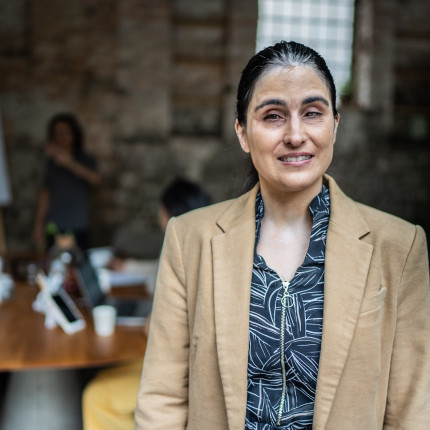What is a Cataract?
Our eyes have a clear film called the lens. The lens helps the eye to focus light. A cataract is when the lens becomes misty, cloudy or completely opaque and can no longer focus light as well as it should. This is because the proteins in the lens can start to break down as we age and they clump together and make your lens cloudy – called a Cataract.

Symptom of cataracts.
When the cataract is mild, you may not any symptoms at first. However, as the Cataract matures or worsens you may notice one or more of the following symptoms:
Diagnosis?
Your Optician may see a cataract and will refer you to the Hospital to see an eye specialist called an Ophthalmologist. The Ophthalmologist may put eye drops into your eyes to widen or dilate your pupil this makes it easier to see into the back of your eye. This eye examination is called a Retinal Exam and Ophthalmologist uses what is call a Ophthalmoscope or slit lamp to help them diagnose a Cataract.
Treatment?
The only treatment for a cataract is surgery to remove it. The surgery involves a local anaesthetic and sometimes in certain cases a general anaesthetic. During the surgery, your Ophthalmologist will remove the clump of proteins from your lens. The lens capsule (clear part) will stay in place to support a new lens. Whilst you wait for surgery you can manage some of the symptoms in the following ways:
- Change in your prescription glasses.
- Wear sunglasses, UV filters and or a hat with a rim to reduce the effects of glare.
- Check with your GP or Ophthalmologist if you can take painkillers such as Paracetamol to help any potential headaches you may experience.
How Can we Help?
Contact Sight Scotland’s Support Line and / or Rehabilitation and Mobility Team for support during this worrying time. We can provide you with advice and guidance to help you live well and stay safe both at home and outside.
Life with a Cataract Doesn’t Need to Be Scary
Ask your optician and Ophthalmologist any questions, concerns or anxieties you may have about having a Cataract, the surgery and after care and recovery etc.
Speak to friends or family you know who have had the same procedure done. It often helps to chat to others about their experiences.

Turn to us today
Our free support line is there for you, no matter what severity of sight loss you have.